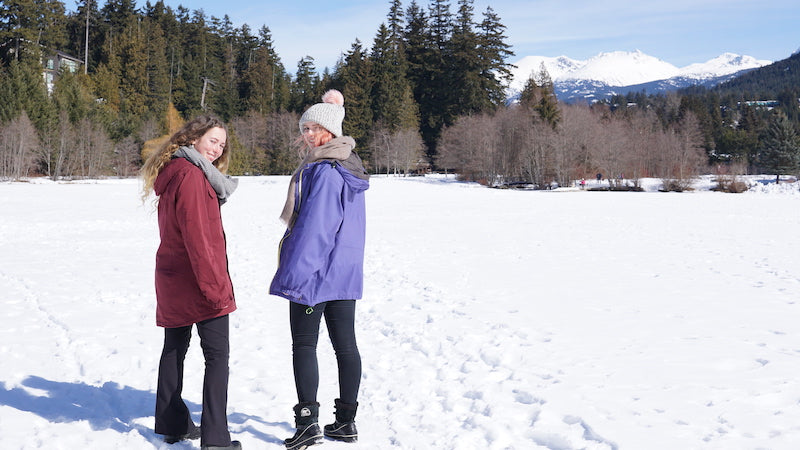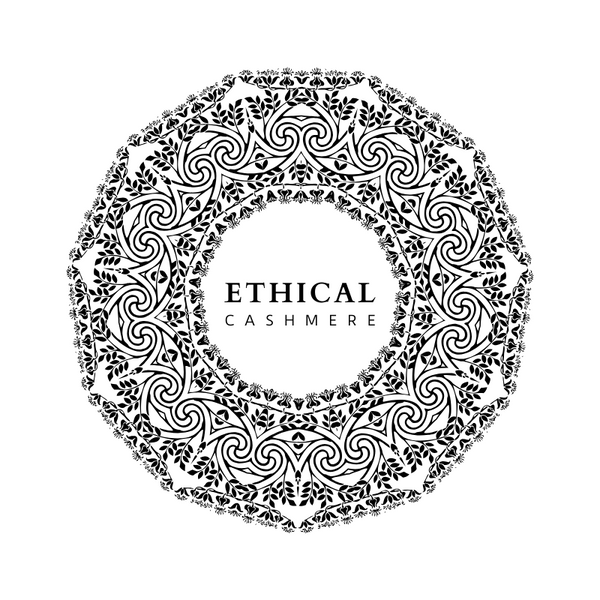Partnering with Planet @Shopify
You may have noticed a carbon neutral banner on our product pages. It links to an information page with Shopify's featured partner projects that provide the carbon credits to offset our parcel delivery emissions. However, we thought we would write a blog post to share our thoughts as well.
Ethical Cashmere has offered carbon-compensated parcel delivery since 2021, being an early adopter of Shopify's program to partner with carbon projects to work towards sustainable e-commerce.
So, when Shopify updated their program to expand the range of carbon projects that form the basis of its carbon offsets, we followed as well.
How much does it cost to offset a shipment?
An average shipment is a lot more carbon efficient than personal travel of the same distance, because a lot of packages are delivered on the same trip. Averaged out, a package shipment emits about 1kg of CO2. But how much that costs in offsets, depends on the type of project that supplies the carbon credit.
In the previous version of the program, all of the carbon projects were related to forest preservation and improving management of degraded forest. This typically supplies the cheapest type of carbon credit since a qualifying forest is already there and does not have to be planted, as well as developments in satellite assisted monitoring of forest biomass. Offsetting a package shipment via such projects would cost less than half a cent. Shopify still offers this option through reforestation projects (re-planting deforested areas) as well as soil carbon storage by improving how agriculture is done.
So what's new?
Well, the current program also offers the option to compensate shipping emissions via carbon projects that engineers capture of carbon dioxide from the atmosphere, to be artificially stored with more permanence, such as deep in the earth or ocean. Offsetting a package shipment via these projects would cost 15 cents.
So which did we choose?
We didn't. We opted for the third option, which compensates shipping emissions from both types of projects. Offsetting a package shipment via Shopify's option of mixed projects costs us 8 cents.
(For non-shipping carbon emissions, see our previous blog post on how the Himalayan ways of cashmere production made this easy for us.)
Why we chose both types of projects
Arguments can be made for choosing both project types. Supporters of direct capture and long-term storage in geologic or deep ocean storage generally want to support efforts that remove carbon emissions that are already in the atmosphere, storing it away permanently - or hopefully at least for thousands of years. This is something that nature-based or ecological solutions don't do at such timescales, since living ecosystems like forests and wetlands can both store carbon but also release them.
Supporters of nature-based projects, on the other hand, generally want to solve more than one crisis at the same time. Aside from the climate crisis, ecosystem restoration typically also solves the biodiversity crisis, on top of issues in developing countries such as poverty and environmental justice. They want to support efforts that remove carbon emissions in the atmosphere, in a way that restores habitat and ecosystems. Although the captured emissions stay stored in the order of decades, they are cycled through the restored ecosystem such that on a net basis, they stay out of the atmosphere. It's just that, at this point, the ecosystem can't store more without expanding its area.
Our view is that, in reality, we will need both. We could restore as much degraded habitat as would be feasible, but - given other land use needs - will probably run out of land to reforest. We could also artificially capture carbon directly from the atmosphere, but will probably run out of practical and safe long-term storage options. (And direct capture at power plant stacks and tailpipes should be a temporary solution anyway, in the transition to renewable energy.)
At Ethical Cashmere, we draw on our Himalayan values, where the weaving of something valuable and timeless comes from the coming together of different Himalayan communities and their lifestyles. Whereby the value brought by each community is not enough alone, no matter how much of it is produced. So we recognise that these projects should not be measured by only one of the benefits they bring. We understand that the restoration of the planet is not merely about the solving of one or several problems, but about regaining its functional well-being and the welfare of living beings upon it. So we chose to support all of the efforts, for the world probably needs them all - and then some.




